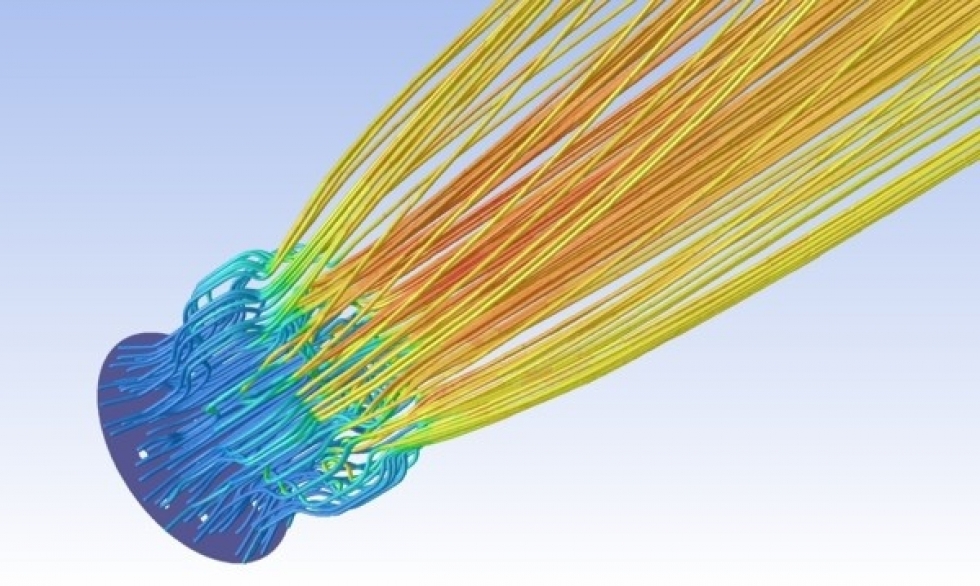
Important dates:
| 01.02.2015 | Registration start |
| 01.06.2015 | Deadline for Abstract Submission |
| 01.07.2015 | Deadline for Date of Acceptance |
| 31.07.2015 | Early Registration Deadline |
| 20.08.2015 | Deadline for camera ready Manuscript Submission |
| 01.09.2015 | Deadline for Registration |
| 27.09. - 01.10.2015:ISTP 26 | |
Prof. Dr.-Ing. Bernhard Peters
The Extended Discrete Element Method (XDEM)
as a Flexible and Advanced Tool in Multi-physics Applications

Multi-phase systems are frequently encountered in engineering applicators and span a large range of different appearances. Among these multiphase systems are these addressed that contain a granular phase in contact with a gas or liquid phase or both simultaneously. Already this classification is as diverse as pharmaceutical industry e.g. drug production, agriculture food and processing industry, mining, construction and agricultural machinery, metals manufacturing, energy production and systems biology, and therefore, deserves particular attention due to its impact on environment and day-to-day life. Under these circumstances a distinction into a discrete phase representing packed or moving beds of a variety of materials and a continuous phase to describe motion of liquids or gases surrounding the particles evolves naturally. A numerical approach to describe these engineering applications consequently relies on appropriate solution methodologies for the discrete and continuous phases namely the Discrete Element Method (DEM) and Computational Fluid Dynamics (CFD)/Finite Element Method (FEM), respectively.
Focusing on reliable, fundamentally sound physical models for the above-mentioned multi-phase systems a novel technique referred to as Extended Discrete Element Method (XDEM) has emerged only recently and offers a significant advancement for multi-physics applications. It combines solution techniques for discrete and continuous phases as a Lagrange-Euler numerical simulation concept. Hence, the Extended Discrete Element Method treats the fluid phase or a structure as a continuous phase applying Computational Fluid Dynamics (CFD) or Finite Element Method (FEM) while the discrete phase of particles is dealt with by the Discrete Element Method. However, it is extended by predicting in addition to position and orientation in time and space the thermodynamic state e.g. temperature and reaction progress of each particle. The thermodynamic state includes one-dimensional and transient distributions of temperature and species within the particle and therefore, allows a detailed and accurate characterization of the reaction progress. Thus, an analysis of predicted data allows identifying the underlying physics of a complex system.










